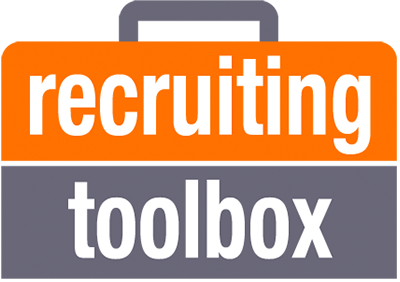Recruiting Toolbox Blog
The Debrief: John Vlastelica on Raising Your Hiring Bar
One of the biggest hiring mistakes I see organizations make?
They don’t think about false negatives.
Often, there are too many interviewers involved or consensus is required. Which leads to way too many false negatives. The result? You end up missing out on some great candidates. I recently had the pleasure of chatting with BrightHire Co-Founder Teddy Chestnut on The Debrief podcast. We discussed how to avoid false negatives, my approach to building Amazon’s bar raiser program, the core hiring pillars every talent leader should focus on, and much more.
Watch the video here.
This blog post first appeared on The BrightHire Blog.
On the latest episode of The Debrief, John Vlastelica, CEO & Founder at Recruiting Toolbox, joins our Co-Founder Teddy Chestnut to chat about how talent leaders can raise the bar for hiring.
With over two decades of experience, John has spent his career leading recruiting at top organizations like Expedia and Amazon. In the episode, John and Teddy discuss everything he’s learned along the way, including:
- John’s career journey (from building Amazon’s Bar Raiser Program to teaching some of the world’s best organizations about interview training)
- His reflections on the essential hiring pillars every talent leader needs to get right
- His perspective on how recruiters can become true talent advisors
- And much more
Check out our highlights from the conversation:
John’s reflections on building Amazon’s Bar Raiser Program. John joined Amazon in the late 90s as the company was beginning to experience hypergrowth. To put it into perspective, they essentially went from hiring around 80 software engineers a year to 80 a month. Amazon needed a way to keep up with the fast-paced growth while continuing to make quality hiring decisions, leading John and his team to create Amazon’s Bar Raiser Program.
John set out to build the program by focusing on two core things:
- He took the time to define what “good” looked like and what skills were associated with it.
- Next, he wanted to implement a mechanism to help hiring teams make quality hiring decisions. So he identified 20 people as “bar raisers” — people who were good at interviewing and finding long-term fits for the company that could serve as expert interviewers for hiring teams.
John’s advice for how to effectively train interviewers. “You want your training to be prescriptive,” says John. Be specific about how you hire, who you hire, and your company’s point of view on interviewing. Take the time to establish guardrails around things like how many people you need on your hiring team, how to weigh hard skills vs. soft skills, what competencies are must-haves, etc.
The core hiring pillars. John believes there are two essential pillars of a hiring practice that every talent leader needs to get right:
The primary work (aka pre-funnel). Use this time to define things like:
- What “good” looks like
- Hiring manager expectations
- How to collect feedback
- Your competency model
From there, move to the mid-funnel (aka your interview process), and consider:
- Mechanisms to align your hiring team
- Candidate experience
- How to consistently evaluate candidates
- The decision-making process
- The role of a bar raiser
Why it’s important to teach interviewers about false negatives. One of the most challenging things to train interviewers on is how to avoid false negatives. “Most hiring managers and interviewers have never thought about this,” John says.
The root of the issue? False negatives can occur when there are too many interviewers involved or when consensus is required. If everyone isn’t aligned or doesn’t know what “good” looks like, that’s going to lead to more false negatives.
The most important recruiting metrics. John says it’s easy to over-index on metrics like time to fill. Instead, he says it’s better to look at conversion metrics alongside time in stage. By breaking down time in stage into components, like how much time candidates or hiring teams are spending, you can learn a whole lot more about what’s really happening in your hiring process.
Ultimately, John says his dream metric is time to alignment – the amount of time it takes for a team to align once a req is open.
How to go from order taker to talent advisor. John believes being genuinely curious about the work is the real secret to partnering effectively with hiring managers. John says, “A lot of hiring managers actually want more leadership, more insights, and more recommendations from us.” So know your craft, bring your expertise to the conversation, and guide hiring managers as a talent advisor.
